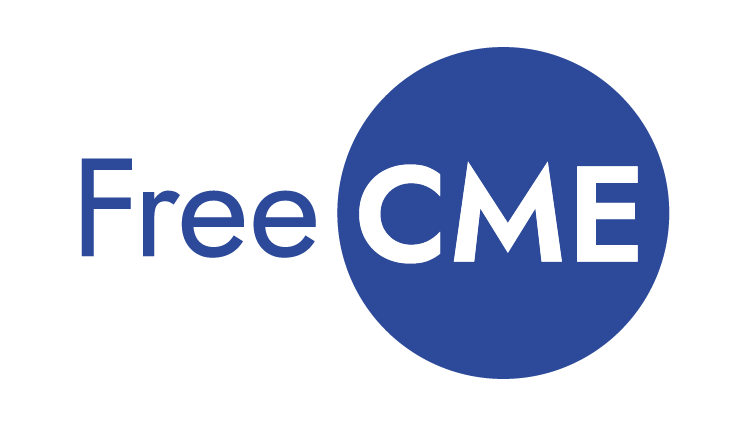During times of crisis, the need for mental health and substance use services doesn’t stop. In fact, the demand for these services increases as people begin to experience anxiety, depression, substance use, and other mental health issues. Behavioral health organizations and substance use treatment facilities can still provide services (and keep their staff on payroll) by offering telehealth services to meet the demand now and beyond.
What Is Telehealth?
Telehealth is the delivery of healthcare services using digital technology. This includes services in the behavioral health field, like substance use disorder treatment, SMI treatment, and counseling. Examples include:
- Counselors conducting therapy sessions via videoconferencing or telephone;
- Addiction treatment centers leveraging computerized screenings/assessments;
- 12 step programs/peer support programs offering web-based or telephone meetings;
- Individuals leveraging mobile apps to track their mood, activities, etc.
While face-to-face interaction is typically preferred, COVID-19 has forced organizations and people to shift to telehealth. Below we’re sharing the benefits of telehealth, unlimited access to telehealth courses for you and your staff, and resources to help you continue to provide mental health services to your communities.
Free Telehealth Course Series
Relias’ telehealth course series provides valuable information on practical applications of telehealth services in behavioral healthcare organizations. The series covers foundational “best practices” in delivering telehealth, provides guidelines on implementing telehealth into your organizational practice, and delivers valuable information on the clinical delivery of telehealth services through avenues including, but not limited to, videoconferencing, telephone triage, and internet based communication strategies for patient education and peer support services.
Telephone Triage
Informing nurses about the growing specialty of telephone triage nursing.
Telemedicine: Virtual Visits With Patients
This module provides healthcare providers with information about telemedicine, including types of telemedicine, clinical usage, and supporting technologies.
Best Practices for Delivering Telehealth
Discusses various modalities of telehealth treatment and most effective approaches.
Implementation Guidelines for Telehealth Practitioners
Discusses the logistical elements of implementing a telehealth program into clinical practice and determining readiness in getting started.
Telehealth in Clinical Practice
Gain knowledge of using telehealth technologies for behavioral health services, including potential advantages and challenges.
Telehealth Webinars
Webinar
Specialty Telemedicine During the COVID-19 Outbreak
Learn various ways that the medical community can implement telemedicine and get an overview of telemedicine for patient and medical staff safety.
Webinar
Ask the Experts: innovaTel Telepsychiatry Shares Telehealth Best Practices
During this Ask the Expert webinar, experienced telehealth practitioners from innovaTel Telepsychiatry shared tips for preparing yourself and clients for sessions and tactics for engaging new and established clients. innovaTel providers have been delivering care exclusively via telehealth technology for the last six years. This session is intended to support those who are new to telehealth or looking for a refresher.
Webinar
Telemental Health: A Solution to Access and Resource Shortages
Telehealth, telemental health, and telepsychiatry play important roles in solving the challenges of access and timeliness. If you have a telehealth program at your organization or are considering expanding services, this webinar is for you.
Blog Posts on Telehealth & Telepsychiatry
5 Best Practices in Telehealth for Behavioral Health
The coronavirus crisis means behavioral and mental healthcare professionals must provide care from a safe distance. Telehealth and telepsychiatry can help you do this. Here are five best practices you need to know.
Considerations in Telehealth and “Telemental Health”
There are real challenges to implementing a telehealth program and your organization needs to take a few things into consideration before getting started.
Adding Telehealth Services: Tips for Getting Started
Many behavioral health organizations have had to switch to telehealth – here are 6 tips to get you started.
The Do’s and Don’ts of Telehealth
With telehealth now essential to continuity of care in behavioral health, follow best practices to create the best telehealth experience.
Telehealth Frequently Asked Questions
- What is telehealth?
- Telehealth is using digital and telephonic technology to deliver healthcare services. Sometimes referred to as telepsychiatry or telebehavioral health, this can include using videoconferencing to conduct therapy sessions, leveraging computerized assessments to screen clients at a substance use treatment facility, or calling clients to discuss treatment options.
- Why is telehealth important?
- Now more than ever, telehealth services are critically important. As people are forced to distance themselves from friends, family, and coworkers, they may begin to experience anxiety, depression, substance use, or another mental health issue. Telehealth services allow people to receive help while staying at home.Telehealth services are also important for people who live in remote or rural areas and do not have easy access to mental health services. Using technology, they can connect with a provider and begin to undergo treatment.
- How common is telehealth?
- Telehealth has been around for decades. However, over the past few years telehealth and telepsychiatry have grown as more providers and patients have adopted telehealthcare services.
- According to the American Hospital Association, about 76% of hospitals used telehealth in 2017.
- A 2018 Behavioral Health Workforce Research center study found that 47% of respondents used telehealth for behavioral healthcare.
- From 2014 to 2018, provider-to-patient use of telehealth in nonhospital settings grew 1400% according to Fair Health.
- Telehealth has been around for decades. However, over the past few years telehealth and telepsychiatry have grown as more providers and patients have adopted telehealthcare services.
- In face-to-face care, there are things documented by signatures; for example, informed consent. How are these ethical and administrative aspects in telehealth managed?
- There are a number of tools available that allow paperwork to be completed digitally and signatures to be captured. Many telehealth platforms have the ability to handle this through the platform itself. Some electronic medical records have this capability as well.
- Are there special considerations for consent regarding telemedicine?
- Each state has different rules for telehealth. Check the rules in your state via the Center for Connected Health Policy. You can search by your state and take a look at the consent requirements necessary in your state.
- Is there a special license that one needs to provide telehealth? What about pre-licensed individuals?
- When providing telehealth services, a clinician needs to have a clinical license in the state where they reside and also a license in the state where their client resides. For example, if a clinician lives in North Carolina but their client lives in Virginia, the clinician would need to hold licenses in both states. Generally, there is no ‘special’ licensing requirements to provide telehealth.
- How do you work with clients to also make sure their technology arrangement is conducive to successful and effective video sessions?
- Every telehealth platform has different requirements for connecting and recommendations for a high-quality visit. Once you know what the requirements are for your platform, it is important that your entire team is responsible for explaining these visits to prepare the client ahead of time. Ask the clients if they have the appropriate technology in order to conduct these visits. Some platforms even provide a quick test for clients prior to their appointment to ensure everything is working correctly.
- How can you do sessions where you may be reviewing a handout in-session or client homework?
- Most platforms allow you to share your screen, or draw on the file so it can be interactive. Otherwise, you may need to utilize e-mail to send and review client handouts.
- What about having intakes with new clients you have never met and are now meeting with telehealth?
- We spoke with InnovaTel Telepsychiatry about handling new clients via telehealth and they shared the following:“We have started to provide initial psychiatric evaluations via this modality directly to our shared patients. With that, the initial information remains the same, an LCSW will complete the psychosocial assessment and complete documentation on the electronic record. The psychiatrist will have access to the record to review the data. A nurse will review medication and complete a medication reconciliation document in the record. We have found with few exceptions, this provides the data necessary for the psychiatrist to complete an initial evaluation. Occasionally, when clinically indicated, the psychiatrist can






